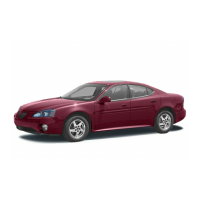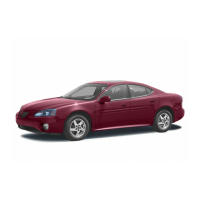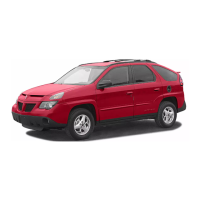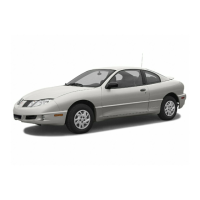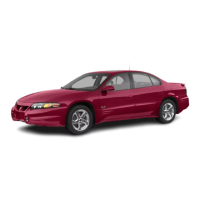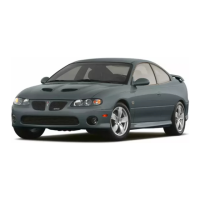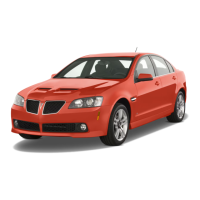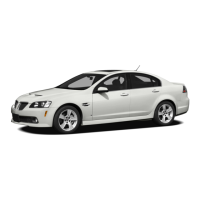{CAUTION:
If the seatback isn’t locked, it could move
forward in a sudden stop or crash. That could
cause injury to the person sitting there. Always
press rearward on the seatback to be sure it is
locked.
To return the seat to the original position after it has
been moved forward, do the following:
1. Before moving the seat, ensure there are no
objects in front or behind the seat.
2. Tilt the seatback
rearward until the
seatback latches
upright.
3. Press and hold the
button under the front
seat lever to return
the seat to its original
position. The seat
will pause for
two seconds when it
reaches its original
position.
The seatback must first be returned upright before
pressing the button, otherwise it will not pause for two
seconds at the original position, and instead will
continue rearwards until the button is released.
When rear seat passengers are entering or exiting the
vehicle, it may be helpful to move the seat belt
anchor arm towards the rear of the vehicle, to avoid
tripping.
1-5
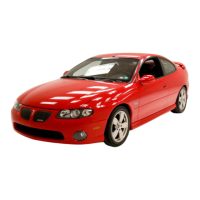
